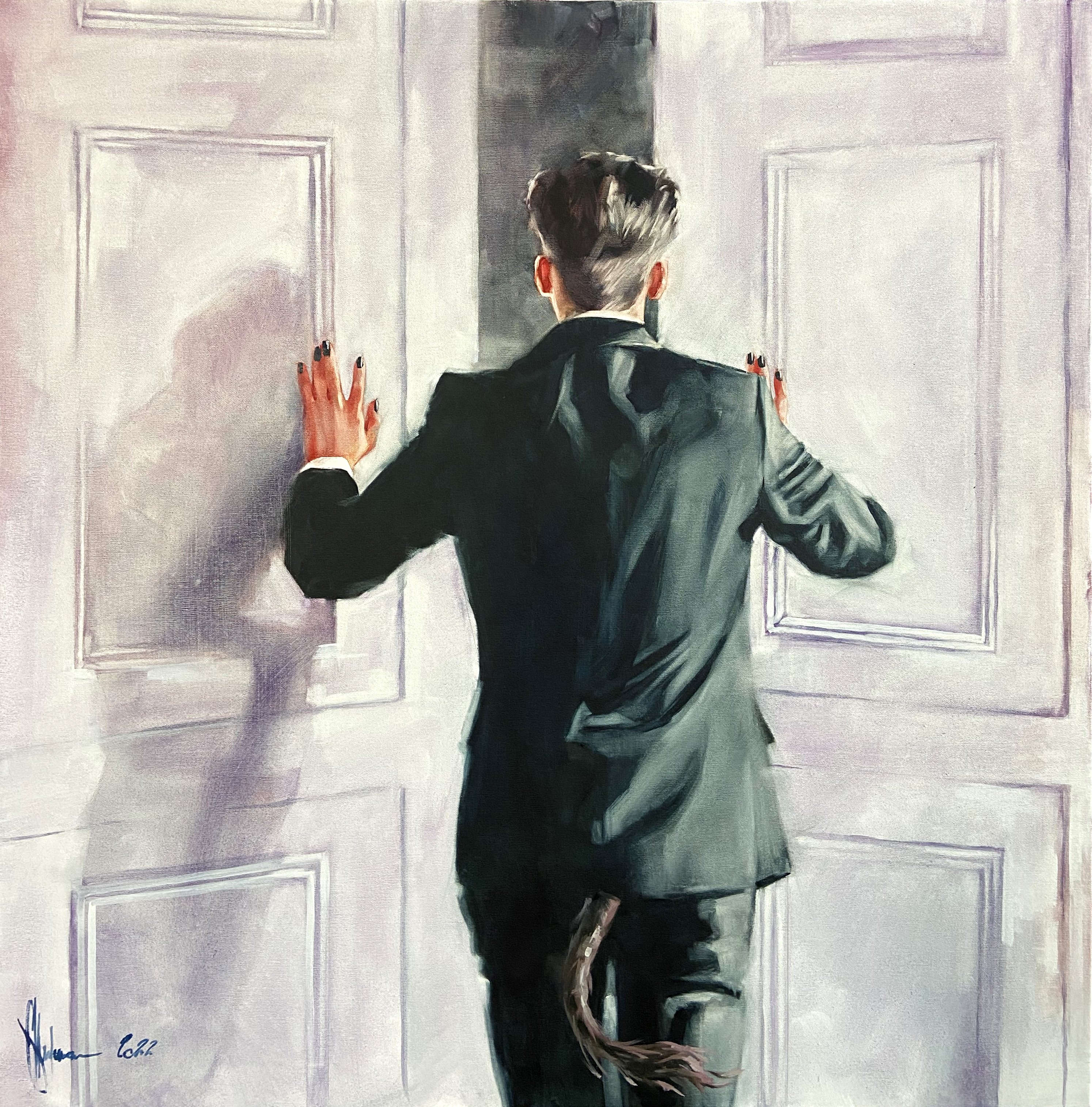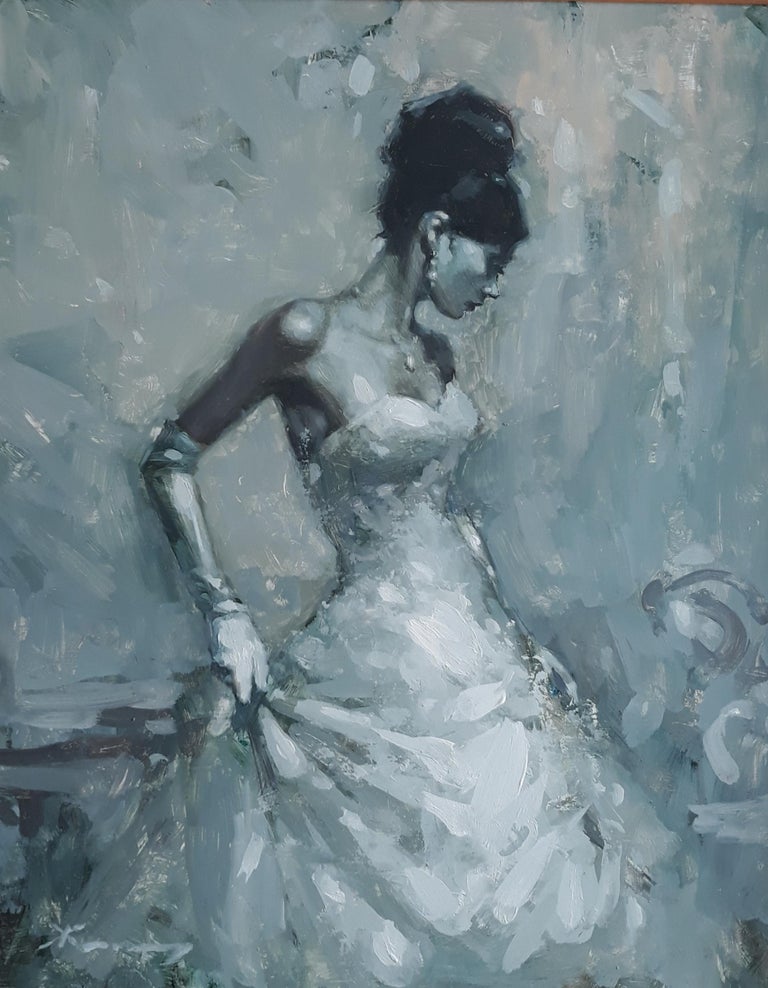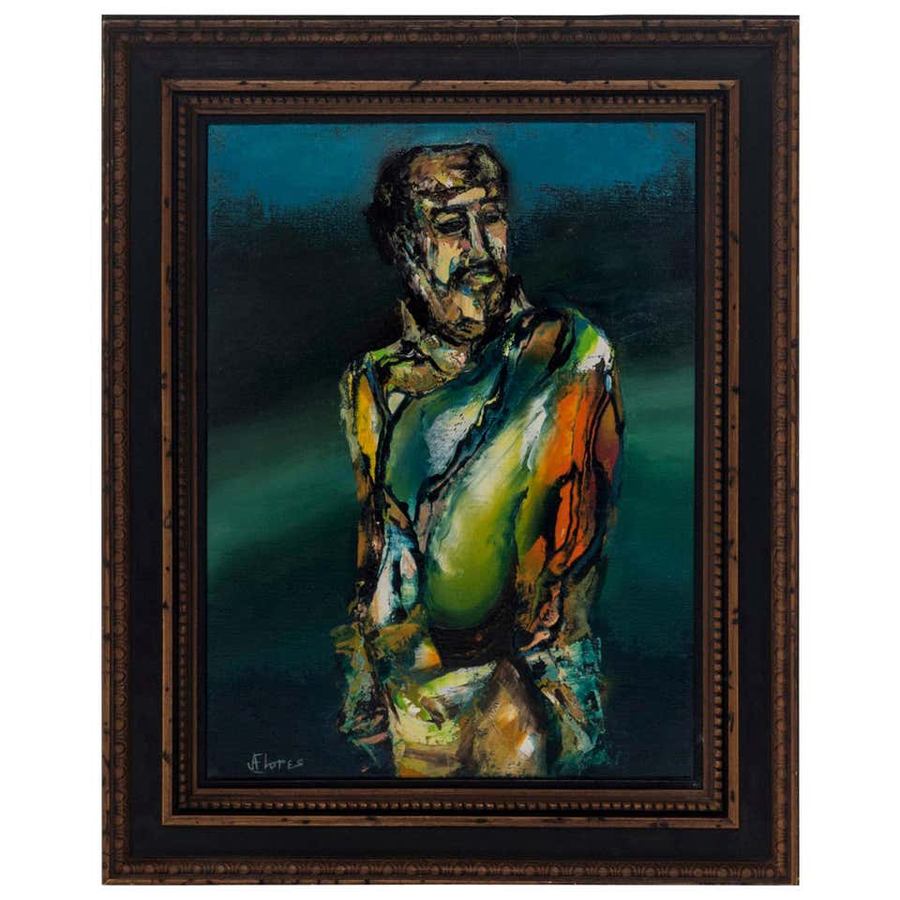Why Figurative Oil Painting Remains a Classic Choice for Artists
Why Figurative Oil Painting Remains a Classic Choice for Artists
Blog Article
The Development of Figurative Oil Paint: Recognizing Its Historic Relevance and Modern Interpretations
The advancement of figurative oil paint works as an engaging lens where to examine the interplay between imaginative expression and historical context. From the meticulous naturalism of the Renaissance to the stirring power of the Baroque, each era has added layers of definition and method to this timeless tool. Contemporary musicians, attracting from this abundant heritage, are currently reinterpreting the human figure in ways that challenge typical stories. As we check out these improvements, one must take into consideration exactly how the discussion between past and present informs not only artistic technique yet additionally social reflections in a significantly intricate globe.
Beginnings of Figurative Oil Painting
The origins of metaphorical oil paint can be traced back to the very early Renaissance in Europe, specifically in the 15th century. The development of oil paint allowed for greater deepness of color and detail, boosting the realistic look and vibrancy of their work.

In this transformative era, figures were typically depicted within contextually abundant settings, showcasing not just their physical qualities but likewise their psychological states. Pioneers such as Jan van Eyck and Titian took advantage of the medium's versatility, employing layering strategies to accomplish luminance and structure. This technology assisted in the representation of intricate textiles and the subtleties of skin tones, adding to the development of portraiture and narrative scenes.
Furthermore, the Renaissance emphasis on humanism fostered an admiration for uniqueness, which subsequently affected artists to develop even more relatable and vibrant figures - figurative oil painting. Consequently, metaphorical oil painting emerged as an effective automobile for narration and emotional interaction, preparing for future imaginative movements and designs
Key Historic Activities
Substantial historical activities have actually formed the development of figurative oil paint, each contributing special approaches and techniques that broadened the medium's opportunities. The Renaissance noted a turning point, stressing realism and the human form, with artists like Leonardo da Vinci and Michelangelo pressing the limits of anatomical accuracy and point of view. Following this, the Baroque era brought remarkable contrasts of light and darkness, exhibited by Caravaggio, that instilled religious themes with extreme emotionality.
The 19th century introduced Romanticism and Realism, where artists such as Delacroix and Courbet challenged timeless suitables, concentrating on private expression and daily life. The development of Impressionism further transformed the medium by stressing the results of light and shade, leading to a departure from traditional representation.
In the very early 20th century, movements like Expressionism and Cubism redefined figurative paint via abstraction and the exploration of emotional deepness. Each of these motions not only reflected the societal modifications of their times however also prepared for modern analyses. The interplay in between these historical activities has actually created an abundant tapestry of designs and viewpoints, affecting modern-day artists in their search of capturing the human experience on canvas.
Techniques and Materials Development

Throughout the Baroque duration, strategies such as chiaroscuro and sfumato arised, boosting the psychological vibration of metaphorical structures. Musicians started to trying out glazes and impasto, adjusting structure and luminance. By the 19th century, advancements like using pre-mixed paints in tubes changed ease of access, permitting artists to paint en plein air and catch the fleeting results of light.
The 20th century observed the intro of artificial pigments and tools, which expanded the palette and changed the consistency of oil wikipedia reference paints. The exploration of new application methods, such as palette blades and brushes of varying stiffness, further diversified artistic expression. Jointly, these advancements show the advancing relationship in between materials, techniques, and the creative vision fundamental in figurative oil painting.

Contemporary Analyses
Contemporary interpretations of metaphorical oil painting show a vibrant dialogue between practice and innovation, where artists challenge developed norms and discover varied motifs. This redirected here development shows up in numerous methods, as modern artists blend classical methods with modern principles, commonly addressing social, political, and individual narratives.
Lots of practitioners draw ideas from historical works, yet they infuse their items with contemporary perspectives, utilizing the human kind as a lorry for discourse on culture, identification, and sex. Artists progressively try out abstraction, distortion, and combined media, which permits a more comprehensive interpretation of the number and its context.
Moreover, making use of vibrant shade schemes and non-traditional compositions usually serves to disrupt conventional seeing experiences, provoking important involvement from audiences. This change in focus expands beyond aesthetic appeals; it reflects a growing recognition of the complexities of human experience in an interconnected world.
As metaphorical oil painting remains to advance, it continues to be an essential medium for checking out the nuances of modern life, personifying both a regard for heritage and a dedication to progressive thought. The outcome is an abundant tapestry of expression that reverberates with the intricacies of the modern-day human condition.
Impact on Modern Art
The influence of metaphorical oil painting on modern art is extensive, as it has continuously inspired a myriad of creative activities and methods throughout the 20th and 21st centuries. From Expressionism to Surrealism and past, her response the exploration of the human number has actually stayed a main theme, allowing musicians to communicate complex emotions and stories. This focus on figurative depiction has resulted in a re-examination of standard techniques, resulting in innovative approaches that blend realism with abstraction.
Additionally, modern artists have embraced metaphorical oil painting as a way to resolve political and social issues, using the tool to test assumptions of society, gender, and identity. The rebirth of interest in figurative work in recent years mirrors a wishing for link in a progressively digital globe, where human experience and feeling are paramount.
Additionally, the dialogue in between metaphorical oil painting and modern-day art appears in the jobs of musicians such as Kehinde Wiley and Jenny Saville, that make use of historic references while infusing their pieces with modern significance. Ultimately, metaphorical oil paint continues to shape and redefine modern-day artistic expression, highlighting its long-lasting value in the art world.
Conclusion
The development of metaphorical oil paint emphasizes its historical significance and versatility across numerous imaginative movements. Inevitably, figurative oil paint stays an important tool for checking out the human experience, reverberating exceptionally in today's electronic landscape.
The development of figurative oil painting offers as a compelling lens via which to take a look at the interplay in between imaginative expression and historical context.Significant historic motions have actually formed the evolution of metaphorical oil painting, each adding distinct viewpoints and techniques that increased the tool's possibilities.As historical movements formed the trajectory of metaphorical oil painting, the techniques and products employed by musicians have likewise gone through substantial changes. figurative oil painting.The effect of figurative oil painting on contemporary art is extensive, as it has consistently motivated a myriad of imaginative movements and practices throughout the 21st and 20th centuries.The evolution of metaphorical oil paint emphasizes its historic relevance and versatility across different creative activities
Report this page